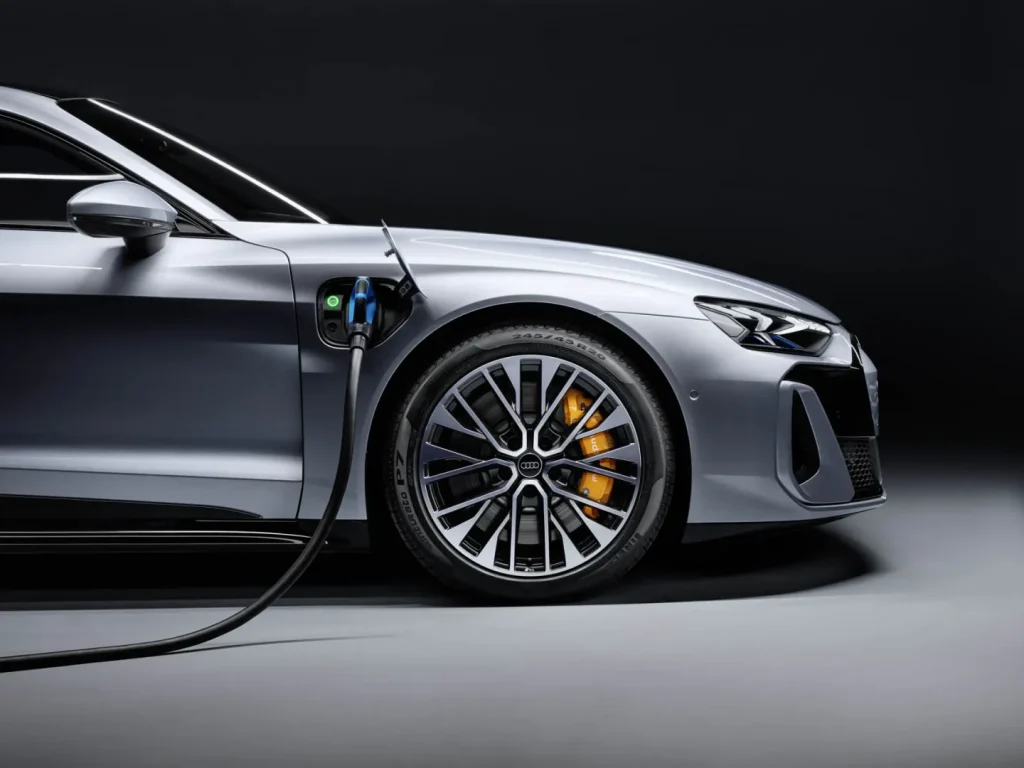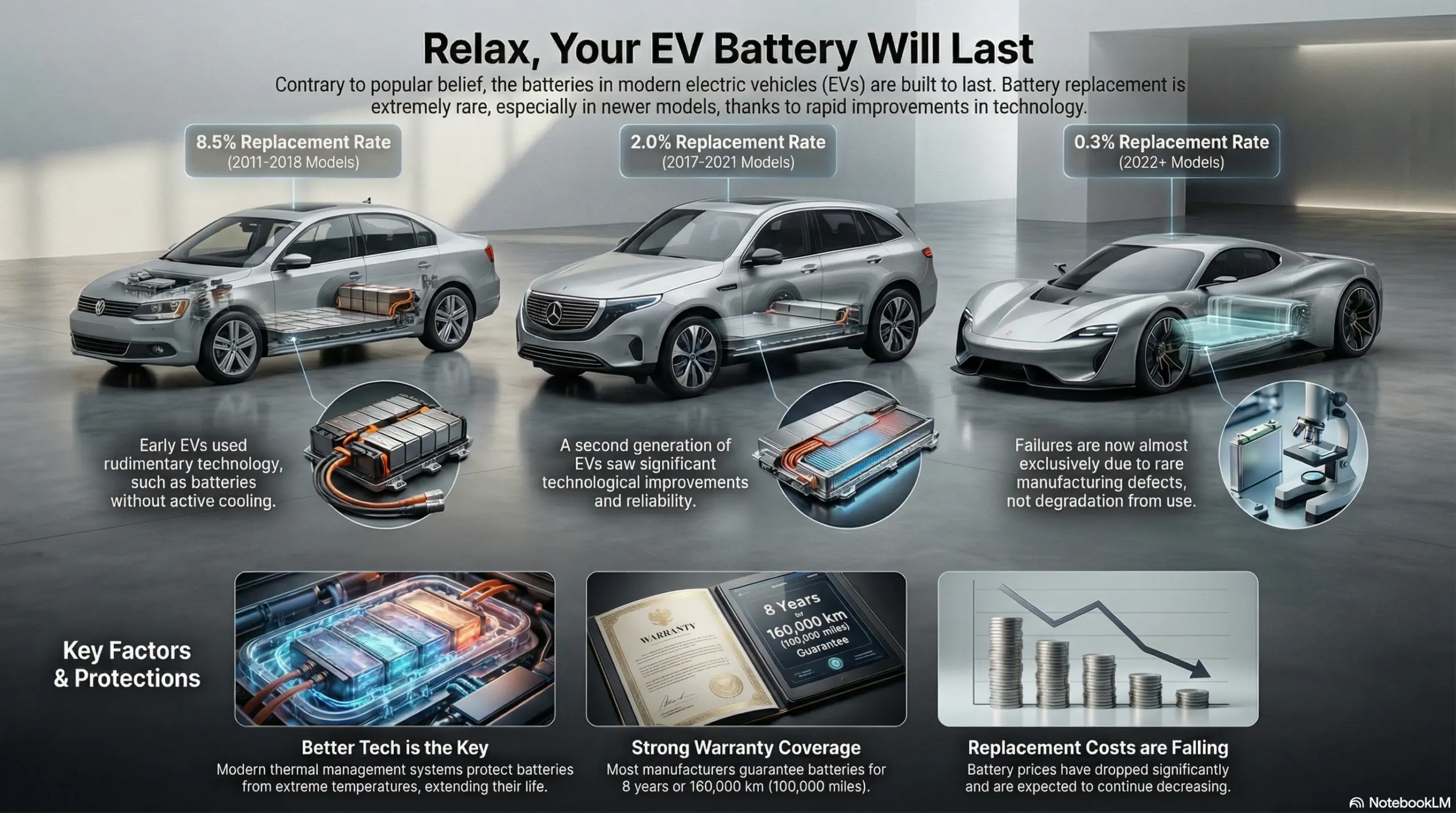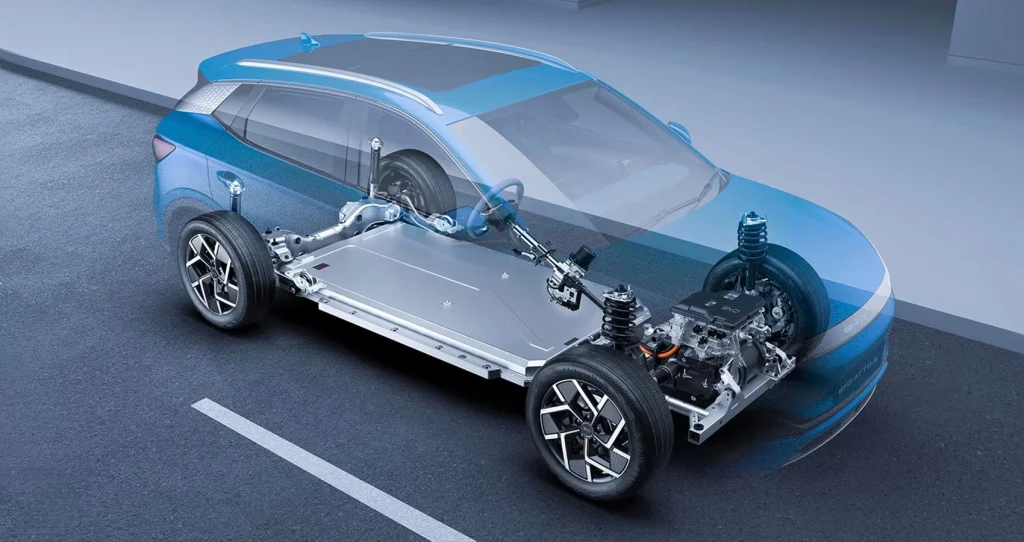Worried about your car battery dying? Real data shows only a 0.3% failure rate in new models. See why your concern is an unfounded myth.

The biggest worry for those considering buying an electric vehicle (EV) is the battery cost and the idea that it will fail prematurely, much like your cellphone. However, this anxiety is a financial and technological myth that has just been shattered by real-world telemetry data, revealing that the reliability of modern EVs is extremely high. For the US market, EV reliability is a key focus for long-term ownership confidence.
The Cell Phone Myth and Automotive Engineering Reality
For years, public perception of electric vehicle (EV) durability was influenced by a cognitive bias: the direct analogy with consumer electronics. We think of our smartphones, whose batteries visibly degrade in two or three years, and project this failure onto the most expensive component of a car. However, EVs and cell phones are fundamentally different assets, and automotive engineering operates with safety margins and longevity that are infinitely higher. Focus on US-spec engineering standards.
To demystify this concern, data analysis startup Recurrent compiled telemetry information from thousands of owners. The macro data is an immediate shock to skeptics: in total, less than 4% of monitored owners needed to replace their vehicle’s battery for any reason (excluding rare and widely reported recalls, such as those of the Chevrolet Bolt).
This low percentage already indicates that failure is an exception, not the rule. However, segmenting data by generation makes the story of technological evolution even clearer, turning worries about replacement costs into a mere footnote in the asset’s lifecycle. SEO Focus: EV Battery Reliability Data US.

Generation Leap: From 8.5% to 0.3% in Just a Decade
The failure rate of an EV battery is inversely proportional to its age and technological advancement. Analyzing EVs across generations proves that manufacturers “discovered how to keep lithium-ion batteries safe and functioning well,” says Liz Najman, Market Analysis Director at Recurrent. GEO Focus: North American EV Data.
| Manufacturing Period | Replacement Rate (Excl. Recalls) | Technological Context |
|---|---|---|
| 2011 – 2016 (Generation 1) | 8.5% | Rudimentary technology, such as the absence of active cooling systems (e.g., first Nissan Leaf). |
| 2017 – 2021 (Generation 2) | 2.0% | Significant improvement with the introduction of better thermal management systems (e.g., early Tesla Model 3, Chevrolet Bolt). |
| Starting from 2022 (Generation 3) | 0.3% | Failures limited almost exclusively to isolated manufacturing defects, not to degradation due to usage. |
The most powerful data comes from the current generation. A failure rate of only 0.3% for vehicles manufactured from 2022 suggests that, for new cars, the risk of battery replacement due to degradation is practically eliminated. This rate is comparable to the failure rate of complex internal combustion engine components in the first years of use, but the overall maintenance cost of EVs remains substantially lower in the long run. This demonstrates superior US EV longevity expectations.
This progress is crucial for residual value models and consumer confidence. If you were unsure about the longevity of your next electric car like the LUCID GRAVITY 2026, with a 340-mile range, science and data now provide a concrete answer.
Key Factors Extending Life Span: Heat and Warranties
The transition from a high failure rate to virtually none is not luck, but the result of specific engineering advances focused on fighting the main enemies of lithium-ion batteries: excessive heat and extreme cold. Keywords: EV Battery Life Span, Thermal Management.
Sophisticated Thermal Management
“Modern battery technology is the primary risk mitigator for EVs.”
Older models, like the first-generation Nissan Leaf, lacked active cooling. In hot climates, this resulted in rapid capacity loss, justifying the 8.5% replacement rate. More recent generations, on the other hand, employ complex thermal management systems (BMS) that ensure cells operate within their “ideal temperature window,” minimizing chemical wear and prolonging lifespan. This is vital for hot US regions like Arizona and Texas.

Additionally, software has evolved. Features like automatic pre-conditioning — where the vehicle heats or cools the battery when navigating to a fast charger — optimize safety and charging speed, ensuring long-term component health. This temperature obsession drives ongoing innovations in the industry, such as Toyota’s promise in 2027 with solid-state batteries that aim for over 620 miles of range. SEO: EV Thermal Management Systems.
If you are concerned about the longevity of your high-performance machine, know that this same engineering underpins vehicles like the HYUNDAI IONIQ 6 N, a track monster that demands maximum cooling system performance.
Financial Safety Net
While technology works to extend lifespan, manufacturer warranties act as the final financial risk mitigator. The industry’s standard coverage in the US is robust: 8 years or 100,000 miles. This warranty protects consumers not only against complete failures but also against excessive degradation, covering battery replacement if capacity drops by 30% or more from original. Such a policy offers a security level few internal combustion motor components can match. Keywords: EV Battery Warranty US.
Recurrent projects that, based on current reliability data, modern electric vehicles should not face serious battery problems for at least 15 years. This means that, for most owners, the vehicle’s lifespan will exceed the warranty period. Long-term value proposition is strengthened.

Considering macroeconomic trends, the cost of replacing lithium-ion batteries has drastically fallen over the last decade and is expected to continue decreasing with mass production growth. Therefore, if a replacement becomes necessary in 10 or 15 years, it will be significantly less financially impactful than current prices suggest. This cost-optimization and reliability factor is crucial for mass EV adoption across America.
Range anxiety is also fading. Current models like the MERCEDES CLA Electric achieving over 530 miles of range already show that capacity degradation is a distant concern, given the near-zero replacement rate.
In summary, transitioning to electric vehicles does not require consumers to accept greater financial risks. On the contrary, it only demands a recalibration of expectations. The failure and reliability data position the modern EV as a long-term asset, with increasing predictability and operational costs becoming lower, solidifying the era of automotive electrification as a durable and sustainable reality. US EV Market Confidence Boost.
For those seeking accurate risk analysis, the evidence is clear: investing in a third-generation EV (post-2022) is protected by engineering and warranties that ensure the main psychological barrier – fear of battery failure – is now a thing of the past.
